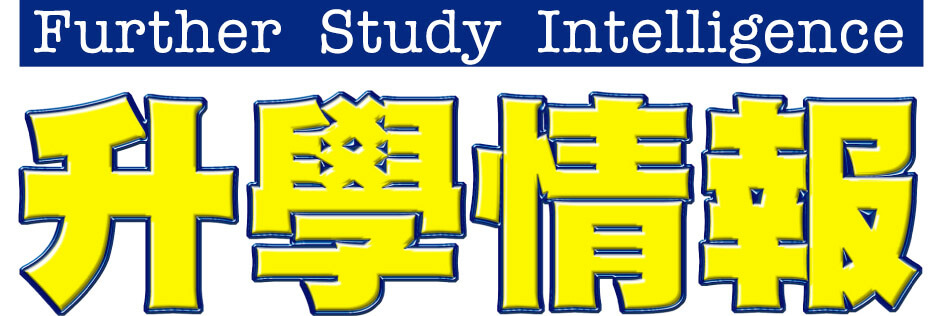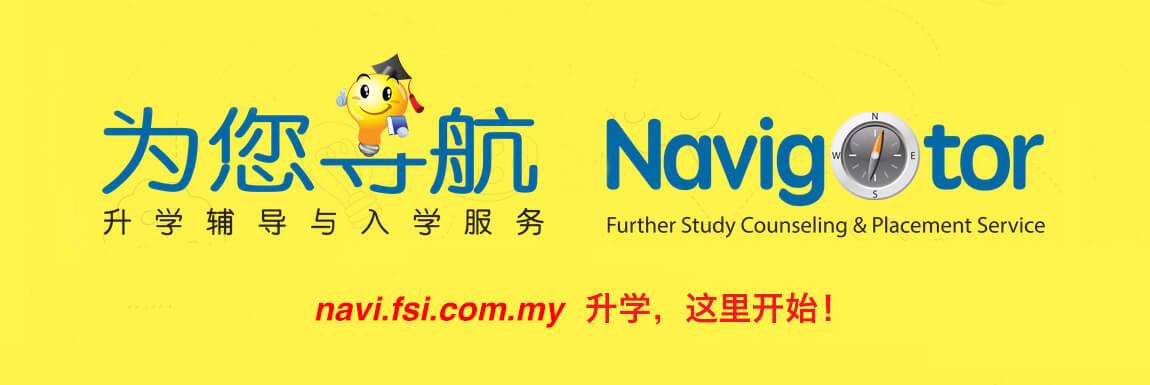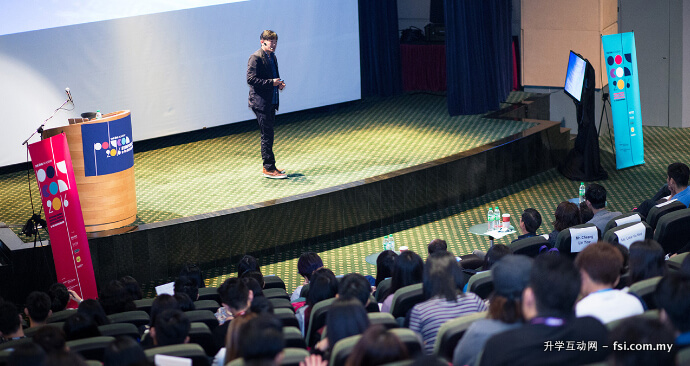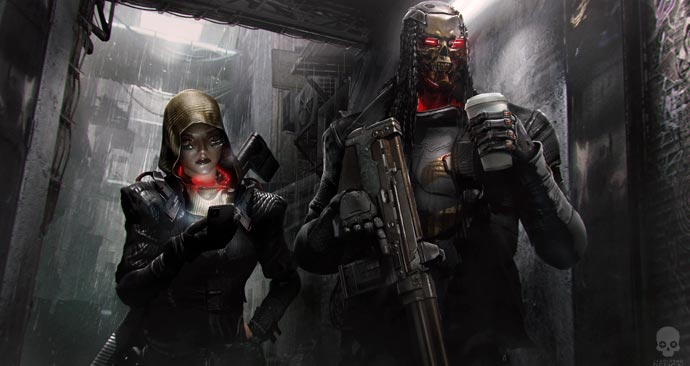
A group photo of Jan Urschel (second row, fourth from left) and participants of the workshop.
Students of Illustration at The One Academy were treated to an exclusive sharing and workshop session by Jan Urschel, a concept designer and illustrator from Germany who now resides in Singapore and is the Creative Director of Hendrix Design. Jan, who has been a concept designer for close to a decade, and an illustrator for even longer, shared his journey as a concept artist in the entertainment industry. He spoke about the job scope and skills of a concept designer, pros and cons of in-house versus freelance, and shared practical tips as well as real industry advice.
Jan has worked on various Hollywood films such as the upcoming Captain Marvel and X-Men: Dark Phoenix which are slated for next year, Ghost in the Shell, Star Wars: Rogue One; and video games such as Assassin’s Creed, Call of Duty, Halo Wars 2 and Star Citizen. He had previously worked at Lucasfilm and Ubisoft Singapore before making the jump to be an independent concept designer. Some of his clients include Marvel, Warner Bros., EA, Microsoft and Sony.
He said that it is up to the artist to choose which projects to advertise themselves with in their resume, because it will determine the kind of jobs that will be attracted in the future. He added that as an artist, one needs to be able to diversify their portfolio and show lots of different aspects of work that they can do. A concept designer produces a blueprint for somebody else to design a video game, build a set physically or in 3D, or make VFX out of it, using the toolset of an illustrator to present ideas to an audience in the best way to communicate to somebody outside of the field.
He explained the work scope of a concept designer from pre-production, production, post-production and marketing. They also need to possess skills such as quick idea presentation in drawing or 3D, idea generation, iteration, refinement, and presentation. They will need to be able to receive feedback even if it is very negative or soul-crushing, and try to understand what the clients really want.
He gave an overview of what they will face as an in-house employee and as a freelancer. He advised that freelance is something that they should only consider later, because as a beginner they will need to gain experience and see how the production pipeline works. A concept designer is part of a bigger team and it is important to know what goes on around the production. There are pros and cons when it comes to freelance, and one should make the choice based on their character. Some people thrive in a freelance lifestyle while some will completely fail.
The pros of going in-house is that it is a dependable job and they would receive a stable income every month. They would also receive benefits, have vacation days, work with a medium to large team and have tech support. The cons are that they would usually work on one large project that would take years, regardless of whether they like it or not. They would also need to work long hours, get distracted by office politics, and commute to and from work.
Meanwhile, the advantages of going freelance is that they make their own working hours. They can also choose which jobs to take on and work alone without any distractions. The downside is that they would handle multiple jobs at the same time. They would need to look for projects because downtime equals no income. They would also have to work across time zones depending on their clients.
“You need to network, whether in person or online. Clients cannot hire you if they don’t know you exist. You need to stay in contact with people to remind them that you can be their go-to person. Figure out a few key events to go and network, bring along your portfolio and business cards,” advises Jan.
On how to increase market value, he explained that as one artistically progresses, their skills get better and they become more experienced, their rates should also go up. On how to communicate that to the client, that is where branding comes in. Branding is basically how people perceive you, how you present yourself to the world with anything you say, what you do and how you look, online and in real life.
“Be true to yourself and it will show in your art. Don’t compare yourself to others. At the end of the day, what matters most is if you’re happy with the work you’re doing. You are your own journey,” advised Jan.
A one-day workshop was held the next day, where Jan conducted a tutorial and demonstrated the workflow of doing concept art by using the 3D software Blender – a handy software which can produce high quality render work within a short period of time, aspects which are important in the professional line of work. The students immersed themselves in a hands-on experience designing environment concept art under his guidance, starting from reference searching, understanding the brief, getting started on sketching to 3D and the final touch-up.
The One Academy of Communication Design
https://edufair.fsi.com.my/theone

Jan demonstrating the workflow of concept art designing using 3D software Blender during the workshop.

A group photo of Jan Urschel (second row, fourth from left) and participants of the workshop.












